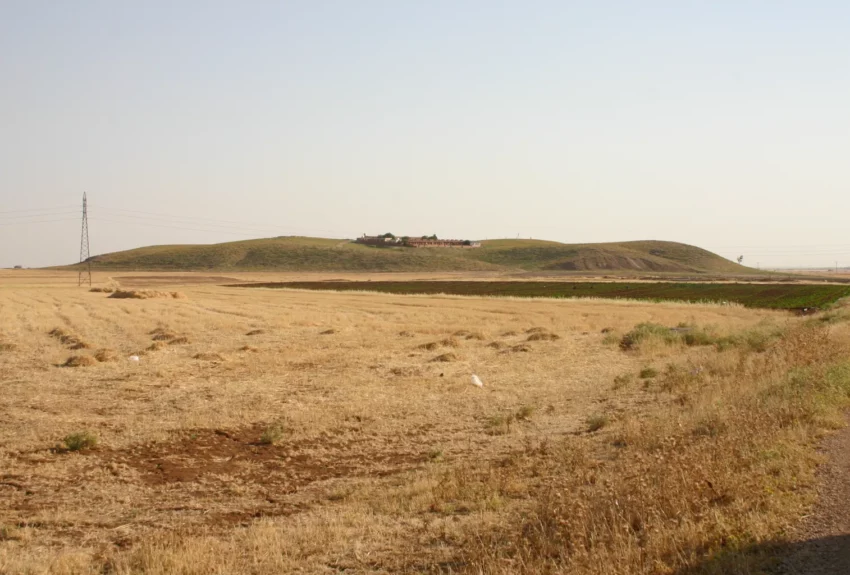The Historical Significance of Urkesh
Urkesh, an ancient city located in northeastern Syria, stands as a testament to the Hurrian civilization. Founded in the fourth millennium BC, it offers a unique glimpse into the early urban cultures of the Near East. The city, primarily associated with the Hurrians, played a pivotal role during the Bronze Age.
Get your dose of History via Email
Geography and Regional Importance
Urkesh was strategically positioned in the foothills of the Taurus Mountains. This location placed it among other significant ancient sites in the upper Khabur River basin. Notably, it was close to Tell Brak and Tell Leilan, which were prominent during the Akkadian period. The city’s geographical setting contributed to its historical and cultural significance.
Urkesh and the Hurrians
The city is notably the only third millennium BC site securely linked with the Hurrians. Urkesh emerged as a major center in the region, underlining the Hurrians’ influence during the Bronze Age. The discovery of seal inscriptions in Urkesh provides evidence of its rulers, such as Tupkish and his queen Uqnitum, highlighting the city’s governance under Hurrian and Akkadian influence.
Political Alliances and Conflicts
Urkesh’s history is marked by its alliances and conflicts, particularly with the Akkadian Empire. The city formed an alliance with Akkad, likely through dynastic marriages, exemplified by the marriage of Tar’am-Agade, daughter of Naram-Sin, to the king of Urkesh. However, by the early second millennium BC, Urkesh fell under the control of Mari’s rulers, leading to tensions and resistance from its people.
Archaeological Insights
The archaeological site of Tell Mozan, the modern name for ancient Urkesh, covers about 135 hectares. Excavations have revealed significant structures such as the royal palace of Tupkish and a monumental temple terrace. These findings underscore Urkesh’s architectural and cultural richness.
Technological Advances in Archaeology
Excavations at Tell Mozan have been notable for their use of technology. The ‘Global Record’ system, a method of documentation, combines journal entries into a hypertext-based output. This innovative approach has enhanced the understanding of Urkesh’s archaeological context, providing a detailed and interconnected record of the site’s history.
Conservation Efforts
The preservation of mud brick architecture at Urkesh has been a focus of the conservation efforts. An innovative system allows for the protection of structures while permitting detailed inspections. This method ensures that both the integrity and historical context of the architectural findings are maintained.
Cultural and Historical Contributions
The findings from Urkesh have significantly contributed to our understanding of the Hurrian civilization and its interactions with neighboring cultures. The artifacts and architectural remnants provide a window into the socio-political and religious life of the people of Urkesh.
Conclusion
Urkesh offers an invaluable perspective on the ancient Near East’s complex cultural and historical landscape. Through ongoing archaeological and conservation efforts, the legacy of Urkesh continues to inform and enrich our understanding of early civilizations. The city’s enduring significance lies in its deep historical roots and its role in the broader narrative of human history.
Sources:

